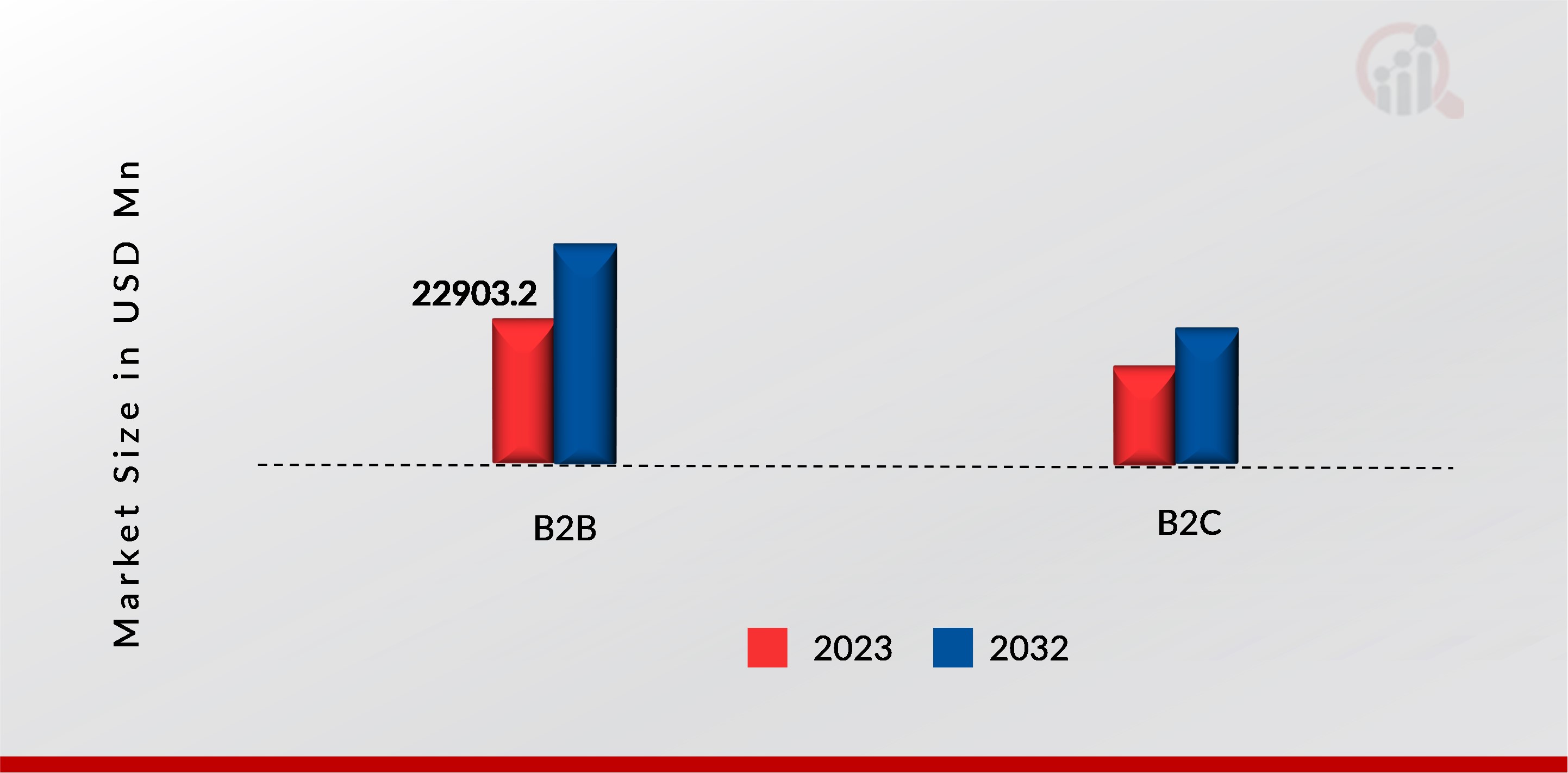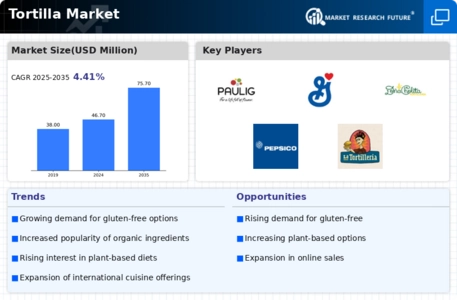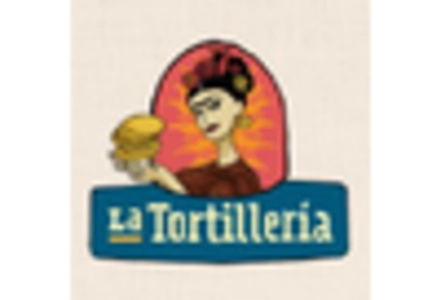By Region, the study segments the market into North America, Europe, Asia Pacific, Middle East & Africa, and South America. North America Tortilla market accounts for the largest market share 73.04% in 2023 and is expected to exhibit a 4.17% CAGR. The North American market of tortilla stands at the intersection of tradition and innovation, reflecting a dynamic landscape shaped by cultural heritage and evolving consumer preferences. With a market size of over $23.4 billion, it remains a cornerstone of the region's culinary identity, driven primarily by the United States, Mexico, and Canada.
While traditional corn tortillas continue to enjoy steadfast popularity, the market has witnessed a surge in demand for wheat-based tortillas, spurred by their versatility and adaptability to a variety of cuisines.
Figure 8: Tortilla Market, by region, 2023 & 2032 (USD Million)

Source: Secondary Research, Primary Research, Market Research Future Database and Analyst Review
The tortilla market in Europe has witnessed significant growth in recent years, driven by several key factors. Firstly, the increasing multiculturalism and globalization have led to a rise in the demand for diverse cuisines, including Mexican and Tex-Mex dishes, where tortillas serve as a staple ingredient. Moreover, the growing popularity of convenience foods and snacks has further fueled the demand for tortilla products across the region. Manufacturers have capitalized on this trend by introducing a variety of tortilla-based snacks, such as tortilla chips and wraps, catering to the evolving preferences of European consumers.
The Asia Pacific tortilla market has witnessed significant growth in recent years, primarily driven by the increasing popularity of Mexican cuisine, growing urbanization, and changing consumer preferences towards healthier alternatives. The region's tortilla industry encompasses various types, including corn tortillas, flour tortillas, and specialty tortillas, each catering to diverse consumer tastes and preferences. Key players in the market are constantly innovating to introduce new flavors, textures, and healthier ingredients to capture a larger market share. Additionally, the rising trend of home cooking and the availability of ready-to-eat tortilla products further fuel market growth.
The South American tortilla industry is a diverse and dynamic landscape shaped by unique regional preferences, cultural influences, and economic factors. Unlike Mexico, where corn tortillas dominate, South America showcases a blend of corn and wheat-based tortillas, reflecting the continent's varied culinary traditions and consumption habits.
The Middle East and Africa (MEA) tortilla market is experiencing dynamic growth, primarily driven by evolving consumer preferences, urbanization, and increasing adoption of Western food trends. While traditionally not a staple in MEA diets, tortillas are gaining popularity due to their versatility, convenience, and perceived health benefits. The market is witnessing a shift in consumption patterns, with a growing demand for Mexican and Tex-Mex cuisine across the region.
Further, the major countries studied are: The U.S, Canada, Mexico, Germany, France, UK, Spain, Italy, China, India, Japan, South Korea, Australia & New Zealand, Brazil, Argentina, Turkey.

















Leave a Comment